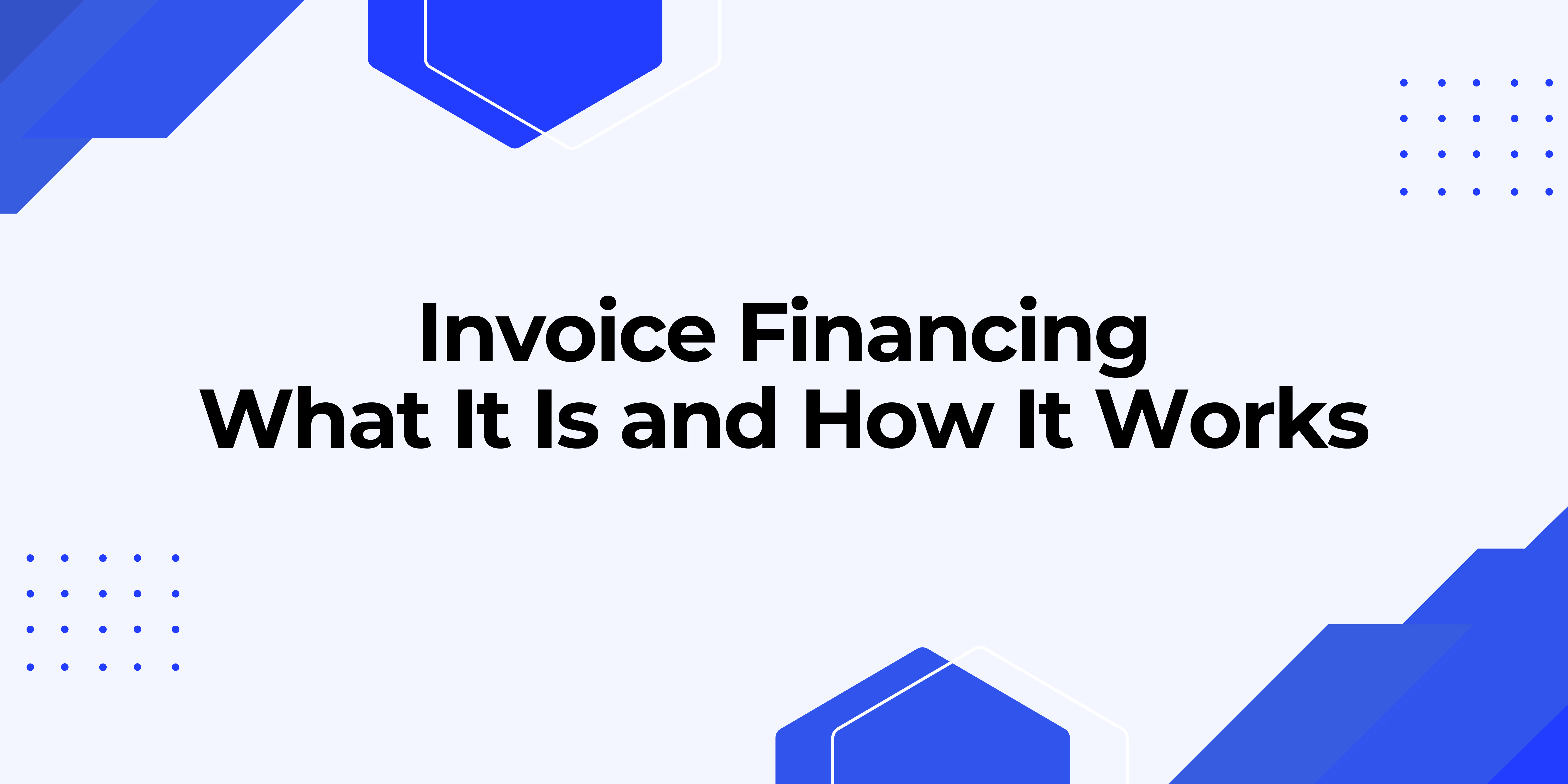
Ever sent out an invoice and waited weeks to get paid? You’re not alone. For many small businesses and freelancers, unpaid invoices can choke cash flow and stall growth. But what if you could turn those pending payments into immediate working capital?
Enter invoice financing—a funding option that lets businesses unlock cash tied up in unpaid invoices. Whether you’re struggling with inconsistent client payments or need a short-term boost, invoice financing can help bridge the gap between billing and receiving.
In this guide, we’ll explain what invoice financing is, how it works, explore its benefits and risks, and introduce some smart alternatives to consider. Whether you’re new to business funding or looking for better solutions, you’ll walk away informed and empowered.
Invoice financing is a type of short-term borrowing where a business uses its unpaid customer invoices as collateral to get immediate funding. Instead of waiting 30, 60, or even 90 days to receive payment, you can get a large percentage (usually 70–90%) of the invoice amount upfront from a lender.
In simple terms: You sell your unpaid invoice to a lender who gives you most of the money now, and the rest (minus fees) when your client pays.
The Basic Structure
Here’s how a typical invoice financing process flows:
Example: You invoice a client for $10,000. The financing company gives you $8,500 now. When your client pays the $10,000, you get back $1,500 minus, say, a $300 fee. You keep $1,200.
Read More: Best Invoice Automation Software 2025
There are two main forms of invoice financing:
1. Invoice Factoring
2. Invoice Discounting
Solving Cash Flow Gaps
Key Benefits
Real-Life Story: Meet Alex, a Creative Agency Owner
Alex runs a boutique branding agency. His clients include large corporations who love his work—but they pay on net-60 terms. Meanwhile, Alex needs to pay staff, cover rent, and invest in new tools.
By using invoice financing, Alex unlocks 85% of invoice value upfront. Now, he doesn’t have to delay payroll or stress about overhead. When the client finally pays, Alex settles the remaining balance with the lender. It’s not free money—but it’s predictable cash flow.
It’s Not Free
Invoice financing comes with fees, typically 1–3% of the invoice amount per month. If your clients take too long to pay, the costs add up fast.
It Might Signal Cash Flow Issues
Depending on the model, clients may be alerted that you’re using invoice financing. In some industries, this could signal cash trouble—rightly or wrongly.
You’re Still Responsible if the Client Doesn’t Pay
With recourse financing, you are liable if your client defaults. Non-recourse options exist but often come at a higher cost.
If invoice financing isn’t the right fit, here are a few other options worth exploring:
1. Otto AI Smart Invoicing Solutions
Tools like Otto AI invoicing software help automate invoicing, payment tracking, and follow-ups—reducing delays and manual errors.
2. Business Line of Credit
For ongoing access to working capital, a line of credit can offer flexibility with lower interest rates over time.
3. Early Payment Discounts
Offer clients a small discount (e.g., 2% off) for paying early. It’s often cheaper than financing fees.
4. Revenue-Based Financing
This model lets you repay a loan as a percentage of monthly revenue. Ideal for fast-growing companies with fluctuating income.
Consider invoice financing if:
Avoid it if:
Here are a few reputable names to explore:
Always read the fine print. Compare advance rates, fees, customer service, and whether they offer factoring or discounting.
Invoice financing can be a powerful tool for businesses caught between delivering value and getting paid. It offers speed, flexibility, and cash flow relief without taking on traditional debt.
But like any tool, it comes with trade-offs—fees, risks, and client perception among them. The key is knowing your business model, your clients' behavior, and your tolerance for cost vs. cash access.